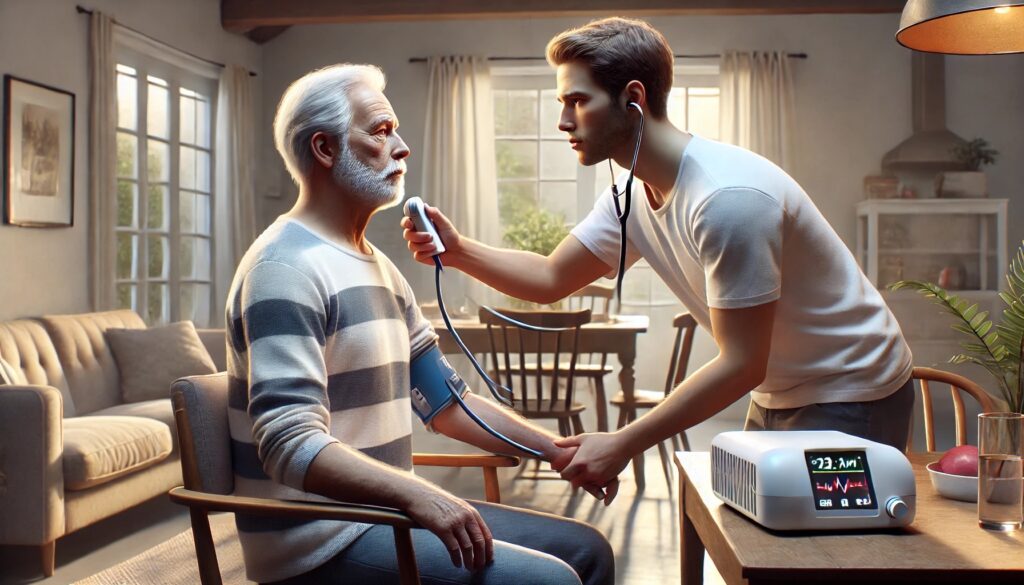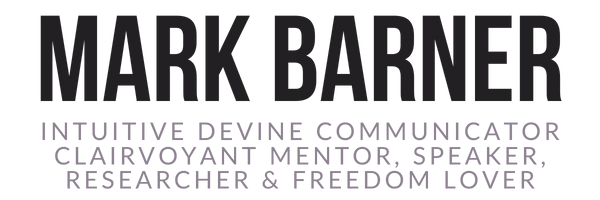
Are You at Risk for a Stroke? Follow These Tips, Because Mainstream Media Won’t Tell You the Truth. This blog post is based on evidence-based research and professional experience. Sources are provided below.
In short: This article was prompted by today’s misinformation on dagens.dk, which could be harmful to your health! Scroll down to find out why.
In a time when misinformation spreads rapidly, it’s essential to get the facts right. Dagens.dk published an article on strokes that promotes dangerous health ideas, especially regarding omega-6 fatty acids and sugary drinks. In this blog post, we’ll debunk their claims, provide accurate health advice, and back it up with evidence-based research.
Stroke Symptoms: Know the Signs
Recognizing the symptoms of a stroke is crucial, as prompt treatment can reduce the risk of lasting damage. The most common symptoms include:
• Sudden weakness or numbness: Often in the face, arms, or legs, usually on one side of the body.
• Confusion: Trouble speaking or understanding conversations.
• Vision problems: Sudden vision loss or blurred vision in one or both eyes.
• Balance issues: Dizziness, loss of balance, or coordination.
• Severe headache: Sudden, intense headache without a known cause.
Additional Symptoms to Watch For:
Stroke symptoms can also include sudden nausea, vomiting, or an unexpected drop in alertness. In cases of hemorrhagic stroke, there might be severe neck stiffness and sensitivity to light. Always err on the side of caution, as these symptoms can vary between individuals.
Immediate Action for Stroke: What You Can Do
If you or someone close to you experiences these symptoms, it’s crucial to call for help immediately. A stroke requires urgent medical care, as quick intervention can limit brain damage.
1. Call 9-1-1 (or your local emergency number): The sooner treatment begins, the better the chances of reducing damage.
2. Keep the person calm: Help them sit or lie down in a comfortable position.
3. Monitor their breathing: If the person is struggling to breathe, and you’re trained, provide CPR if necessary.
4. Note the time of symptom onset: Medical personnel will ask for this information, as it can aid in determining the best treatment.
FAST Test for Stroke Identification

A simple test known as FAST can help quickly identify a stroke:
• Face: Ask the person to smile. Does one side of the face droop?
• Arms: Ask them to raise both arms. Does one arm drift downward or fail to lift?
• Speech: Ask them to repeat a simple sentence. Is the speech slurred or strange?
• Time: If any of these signs are present, call 9-1-1 immediately.
Why the Dagens.dk Article is Problematic / Misinformation
Link to the misleading article: Dagens.dk article
1. Omega-6 is Not Beneficial in Large Amounts: Omega-6 can promote inflammation, especially when out of balance with omega-3. Processed seed oils like soybean and corn oil are common sources and are harmful in large quantities.
• Source: PubMed: Omega-6 Fatty Acids and Inflammation
2. Misleading Advice on Sugary Drinks: The article suggests replacing sugary drinks with omega-6-rich foods. While sugary drinks are harmful, high omega-6 seed oils are not a solution. Sugar contributes to inflammation, and so can omega-6 if not balanced with omega-3.
3. Carbohydrates and Glucose: All carbohydrates break down into glucose in the body, including simple sugars and complex carbs like whole grains. Excessive glucose can raise blood sugar and increase the risk of metabolic diseases.
• Source: Harvard Health: Carbohydrates and Blood Sugar
4. Air Pollution and Health: The Dagens.dk article fails to emphasize reducing exposure to air pollution, which can increase stroke risk. Investing in an air purifier can be particularly valuable, especially in urban areas.
• Source: WHO: Air Pollution and Health
20 Tips to Reduce Stroke Risk
1. Consider a Keto Diet: Keto reduces carbohydrates and can stabilize blood sugar. A low-carb diet reduces insulin needs and inflammation risk.
• Source: American Journal of Clinical Nutrition: Keto Diet and Cardiovascular Health
2. Balance Omega-3 and Omega-6: Omega-3 from sources like fish and flaxseed reduces inflammation and supports heart health.
• Source: PubMed: Omega-3 and Heart Health
3. Avoid Refined Sugar and Reduce Carbs: Helps maintain stable blood sugar and reduces metabolic risk.
4. Choose Water Over Sugary Drinks: Water is always better for hydration without added sugars. Honey can be a natural alternative if you need sweetness, as it provides antioxidants.
5. Avoid Alcohol: Alcohol turns into glucose and burdens the liver. Its health risks outweigh any supposed benefits.
7. Monitor Blood Pressure: Regular exercise and a low-sodium diet help keep blood pressure in check.
8. Prioritize Anti-Inflammatory Foods: Turmeric, ginger, and other anti-inflammatory foods reduce chronic disease risk.
9. Get Enough Sleep: Rest is essential for health and recovery.
10. Replace Omega-6 Seed Oils with Olive Oil: Olive oil is rich in omega-9 and has proven heart benefits.
11. Include Fiber-Rich Foods: Vegetables and fruits aid digestion and stabilize blood sugar.
12. Avoid Excessive Physical Strain: Moderate exercise is more beneficial for those at high stroke risk.
13. Practice Mental Relaxation: Meditation and deep breathing exercises can help reduce stress and blood pressure.
14. Use an Air Purifier: Helps reduce exposure to harmful air pollution, especially in cities.
15. Cut Out Refined Carbs: Refined carbs like bread and pasta quickly turn into glucose, which can destabilize blood sugar.
16. Maintain a Healthy Weight: Excess weight can increase the risk of both hypertension and diabetes.
17. Watch Cholesterol and Lipids: While cholesterol is misunderstood, maintaining balance is essential for cardiovascular health.
18. Avoid Trans Fats: Found in processed foods, these increase the risk of heart disease.
19. Quit Smoking: Smoking damages blood vessels and can lead to strokes.
20. Eat Foods That Lower Blood Pressure: Garlic and berries can have beneficial effects on blood pressure.
Additional Precautionary Measures
• Limit Processed Foods: Processed foods often contain unhealthy oils, sugars, and additives that increase stroke risk.
• Get Regular Check-ups: Regular health screenings help catch issues like high blood pressure, high cholesterol, and other risk factors early on.
• Stay Physically Active: Aim for at least 150 minutes of moderate-intensity exercise weekly.
Conclusion and Sources
Dagens.dk’s article contains significant misinformation, particularly about omega-6. Studies show that an imbalance can worsen chronic inflammatory conditions. For credible information on stroke risk factors, read more in The Lancet here. It’s crucial to follow evidence-based advice that can truly reduce stroke risk and avoid oversimplified, often misleading mainstream media narratives.
By following the right advice and recognizing warning signs, you can take control of your health and reduce your stroke risk. Remember, small lifestyle changes can have a big impact on your health, so always seek reliable sources before making major decisions about your diet and lifestyle.
Have experiences or insights to share? Leave a comment below.
This expanded version includes all necessary links and additional steps for a more comprehensive understanding of stroke prevention.
Discover more from
Subscribe to get the latest posts sent to your email.
